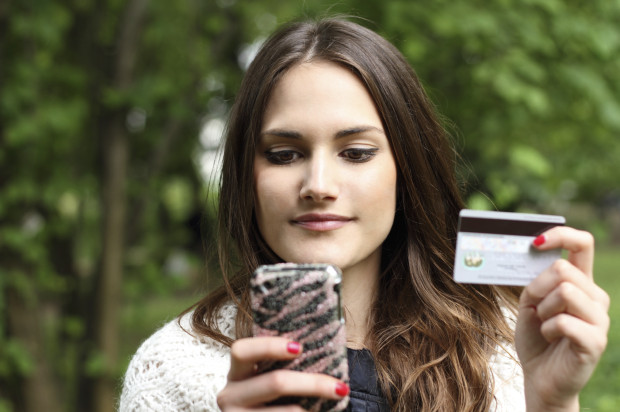
Mobile giving
Are you a nonprofit that is consistently fundraising and seeing little outcome? How important are mobile sites when fundraising? What mobile giving myths are standing in the way of increasing your organization’s mobile fundraising channel?
Amy DeVita, Third Sector Today Founder and CEO, and guest Dale Knoop, RAZ Mobile CEO, presented 4 Mobile Giving Myths: Debunked! Dale debunked four common myths that are scaring nonprofits away from greater fundraising potential.
Myth #1 – No one wants to fill out a form on his or her phone.
Myth #2 – Only young people will enter their credit card info on a phone.
Myth #3 – There’s a lack of security.
Myth #4 – People won’t store their credit card info for future transactions.
In order to debunk these myths, Dale explored five topics that are beneficial to nonprofits.
- Current mobile usage trends
- Charitable giving tends
- SEO changes affecting mobile giving
- Real life examples of mobile giving campaigns
- Steps required for success
Current mobile usage trends
Dale discussed various trends in mobile usage and the relationship individuals have with their phones. He explained that 91% of adults have their phone in arms distance. Admit it: It’s probably the first screen you look when you wake up and the last screen you see before you go to bed.
In the mobile marketplace, 67% own a smartphone. With the upcoming introduction of the $20 smartphone, this will increase. 25% of Americans only have access to the Internet through their phones. When an individual discovers and believes in a cause, they will donate and share through various social media, using one device and very few clicks.
Charitable giving tends
In 2012, $24B was donated online to nonprofits and online fundraising increased 13.5% in 2013. 75% of donors spend less than two hours researching nonprofits before giving, which makes mobile sites important to provide quick information and a set up that is easy to donate.
However, 84% of nonprofit donation landing pages are not optimized for mobile and 65% of nonprofits make donors click three or more times to give a donation.
SEO changes affecting mobile giving
Google is putting mobile users first. Dale discussed that according to Google’s Building Smartphone-Optimized Websites they will begin demoting websites that are not mobile friendly, lowering the sites SEO ranking.
Real life examples of mobile giving campaigns
River of Refuge partnered up with the Kansas City Blues rugby team to create Rooftop Blues. The rugby team used social media and their mobile platform to help raise money for the nonprofit. Donations have surpassed more than $32,000 for River of Refuge. River of Refuge’s founder credits mobile giving with shortening the gap between emotion and giving- you can read, and listen to, more about that here.
Steps required for success
Your website’s user experience is being compared to the experience on corporate websites, so it’s crucial to be sure your site is optimized for mobile.
Two main points support a nonprofit’s success with mobile fundraising. First, avoid “text to give” fundraising. This type of fundraising will cost the donor more due to additional fees from their cellular provider, it provides no data, and companies will wait months for donations. Dale stated that he’s had experience with several companies that will never do this type of fundraising again.
The second consideration is building an App. At first Apps may seem to be a great tool, especially with smart phone technology, but they can be expensive to build and maintain. With the frequent OS updates, Apps are commonly break and the consequential “bad” reviews can be brutal for any company.
For full webinar recording, click HERE 4 Mobile Giving Myths: Debunked!
About Dale Knoop
Dale Knoop is the CEO of RAZ Mobile and his passion is leveraging his knowledge of mobile and the power of that medium for good! Dale holds multiple patents and applications for patent in the mobile space including advertising, content optimization, geo-targeting and negative QOS. In 2005, Dale won an Emmy for delivering live TV to cell phones and has been quoted in the Wall Street Journal, USA TODAY and the Los Angeles Times.
